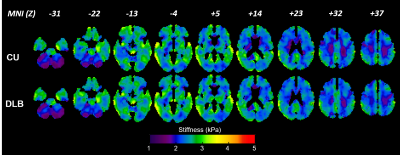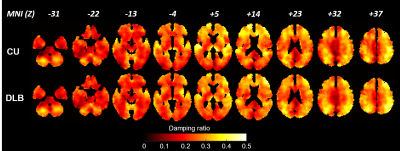KowsalyaDevi Pavuluri1, John Huston III1, Richard L. Ehman1, Armando Manduca1,2, Clifford R. Jack Jr1, Rodolfo Savica3, Bradley F Boeve4, Kejal Kantarci1, David S Knopman3, Ronald C. Petersen3, and Matthew C. Murphy1
1Department of Radiology, Mayo Clinic, Rochester, MN, United States, 2Department of Physiology and Biomedical Engineering, Mayo Clinic College of Medicine, Rochester, MN, United States, 3Department of Neurology, Mayo Clinic, Rochester, MN, United States, 4Division of Pulmonary and Critical Care Medicine, Mayo Center for Sleep Medicine, Mayo Clinic, Rochester, MN, United States
1Department of Radiology, Mayo Clinic, Rochester, MN, United States, 2Department of Physiology and Biomedical Engineering, Mayo Clinic College of Medicine, Rochester, MN, United States, 3Department of Neurology, Mayo Clinic, Rochester, MN, United States, 4Division of Pulmonary and Critical Care Medicine, Mayo Center for Sleep Medicine, Mayo Clinic, Rochester, MN, United States
To investigate the impact of Dementia with Lewy bodies (DLB) on brain
viscoelasticity and assess the feasibility of mechanical properties as
potential biomarkers of DLB.


